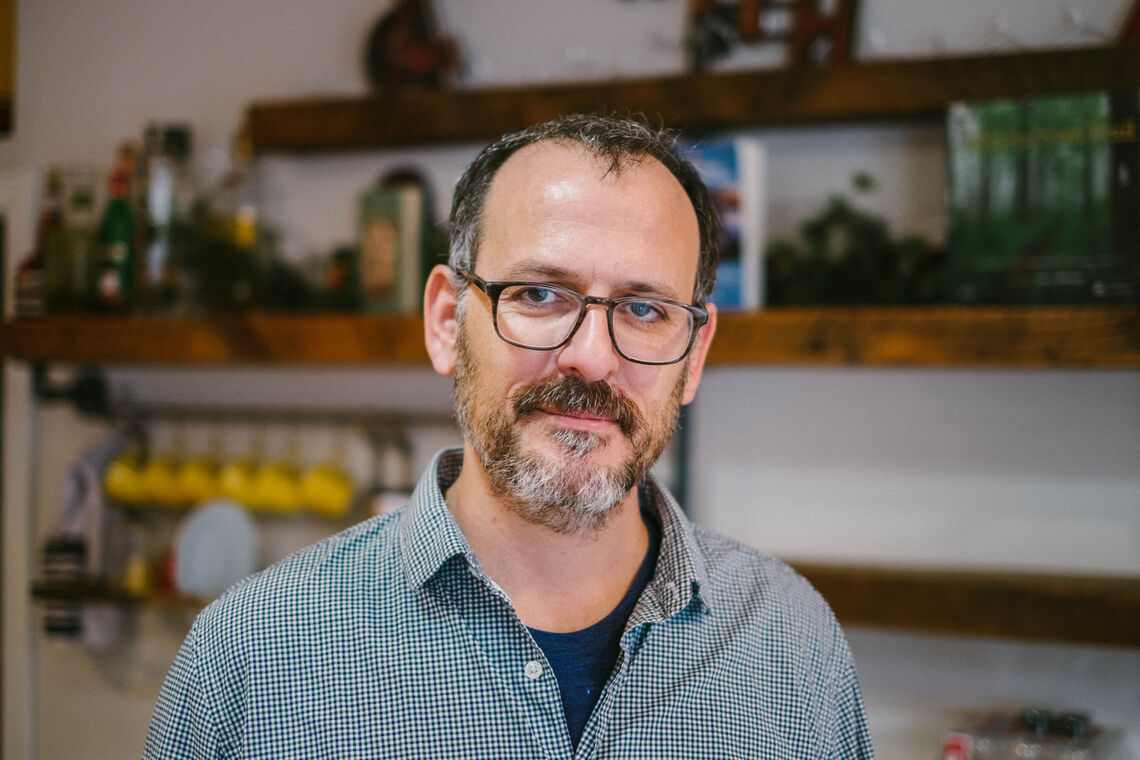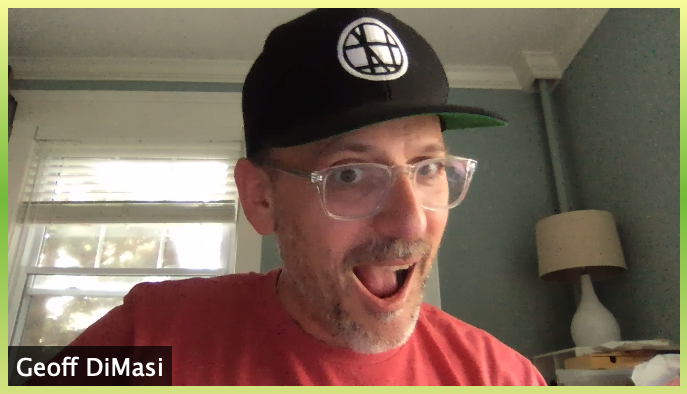Some thoughts on how we made our quarterly retreat work online.
From the start, we have been distributed on purpose. We are a “remote” company by design and our team is distributed across the US and Europe. For us, that is rooted in our goals and values:
- Our open-source CMS software tool is used around the globe. Being distributed allows us to build connections with people and support users in different time zones.
- We can hire people that already use Apostrophe regardless of their physical location. This allows our future team members to maintain their roots in their community, or to have the flexibility to move when and where they see fit.
- We can hire more experienced and diverse people more easily. Talent is all around the globe, and that opens up options for both parties.
Before making this choice, we talked to a lot of people and read many articles on how to make a remote team work. Anyone that has looked into these practices has likely seen the advice that remote teams should make it a point to gather periodically. Usually that equates to some type of quarterly, twice a year, or even once a year in-person retreat.
That advice made sense to us so we quickly got into a rhythm of gathering quarterly as a team. I can tell you from personal experience, it is good advice. There is something about spending a little time together that helps grease the relationship wheels and supports improved interactions during remote work time. There are also the conversations that happen between the planned sessions that can lead to problem-solving and other creative actions that are not on the agenda! And there is just the (perceived) ease in brainstorming and facilitating big picture planning in person.
Enter COVID.
Like many teams, in all corners of the world, we had to come up with a new plan for our quarterly gathering. For us, this is our Assemblée, where we do strategic planning sessions for our OKRs (Objectives & Key Results - a collaborative goal setting tool), company updates, and team building. We did miss getting together, but through careful planning, we were able to do some very efficient and inclusive strategic planning while still finding a way to have fun together as a team.
So what did we do?
One of the first things we needed to figure out was how we were going to do those collaborative planning sessions that previously included lots of colorful sticky notes, sharpies, and a timer. You know the drill - write down ideas on Post-its, cull them, organize them, and then present them to each other… in person. We needed a way to pivot this experience and still maintain the value of the resulting work. Moving everything online, we wanted to try to keep the magic of minds and mouths working in the same room.
I have led in-person workshops and facilitations for several years. There are some important principles I believe in and wanted to make sure we carried over to Apostrophe’s online OKR planning session:
- All voices! Everyone’s voice should be heard in a very specific and ordered way. In other words, every exercise specifically has time and space allotted for everyone to participate and contribute.
- Quiet time. It is important to give people time to think and write individually before sharing their ideas. This allows for all of us that have different thinking and processing styles to participate on equal footing as much possible.
- Welcome all ideas - including the crazy ones! Everyone should feel free to write down or propose all ideas that occur to them. Creating a space where people can think broadly at the start of the process is an intentional step in the process. Allow time for and encourage people to generate a lot of ideas. Some will be great, some will not, and some may be surprising as ideas are jotted down, one flowing from the next.
- Prioritize. I believe in creating time to cull and prioritize ideas both individually and collectively. This helps create team consensus to the ideas that bubble up to the top, as well.
- Make it actionable! It is important to capture the work in some way so that it can become actionable.
Enter some serious template building on MURAL.
Considering these principles, we decided to design an experience that leveraged MURAL to simulate an in-person workshop. Poking around the templates in MURAL, we were inspired to create a board that supported our process of individual thinking as you can see here:

We also created a process for culling, prioritizing, and group discussions on that same board:

Going into the first workshop, there was concern that we would not fit everything into the 90 minutes we scheduled. Finishing on time in a group setting can be challenging enough, without the added pressures of a fully digital environment, compounded by a new process for our workshop. But we finished on time and I think there was a consensus that we might have been more efficient and effective online! One member of the team shared this in Slack after our first session:
“hey i thought yesterday’s workshop was very well facilitated ONLINE, thanks”
By taking the time to build into the MURAL board a process that upholds what we value, we were able to build an equitable platform for everyone to think, to speak, and to get the outcomes we wanted. Over the course of the week, we ended up doing three sessions for different aspects of the business. We used the artifacts created in the MURAL boards to create to-dos that we believe will help us achieve our strategic goals (OKRs) this quarter.
But retreats are not just about the work. They are also about that time connecting with each other. We decided to schedule two social times in the program. We knew we didn’t want to just hang out on Zoom. We have done that in the past and it is okay, but scheduled casual interactions can often fall short when the same platform is used for regularly scheduled meetings. You can end up with some awkward moments, or worse yet, silence. In an attempt to avoid that, we hosted a trivia session and a 20 questions interaction session.
To make the trivia session more fun, I asked everyone to share something with me that they thought no one would know. Not anything embarrassing... just something fun! These amusing personal facts were one of the rounds. The other two were centered around food & beverage and technology. Seemed appropriate! We used Kahoot! which allows everyone to respond to the trivia questions on their own phone. By doing it this way, we could still engage with each other across screens, without having to jump in and out of different platforms in the same window. Since Kahoot! tracks everyone’s scores as you go, it brought out some fun competition and we all enjoyed getting to know each other through the questions.
The 20 questions session was the brainchild of our Marketing Director, Ashleigh. She mailed everyone a hand-crafted packet so they had their clue in advance. She made us wait to open it until we played, adding a bit of tangible anticipation to the game. It was a lot of fun to work as a team asking questions of the person who held the clue. It brought out everyone’s personality and we all felt like we got to see another side of our teammates.
A big takeaway from all of the experience from the week was how important it was to plan for each session. Really, that goes for almost all aspects of being a remote team, but it is on display in mass collaboration moments like retreats. Being remote on purpose and with purpose is something I try to keep in mind each day. It helps us operate better and it keeps us from falling into lazy traps that can happen when you use in-person interactions as a crutch.
Will we gather again in person when the COVID quarantine restrictions are lifted and it is safe for our team? You bet we will! We enjoy each other’s company and know gathering has unique benefits. But we have already said that we might still use MURAL even if we are in the same room to do our planning session (no more dealing with Post-its falling off the wall!) or we might do our planning sessions in advance so we can optimize that time together in more creative ways.
We’d love to hear how you handled your in-person gatherings or retreats and other ideas you explored. Please get in touch!

